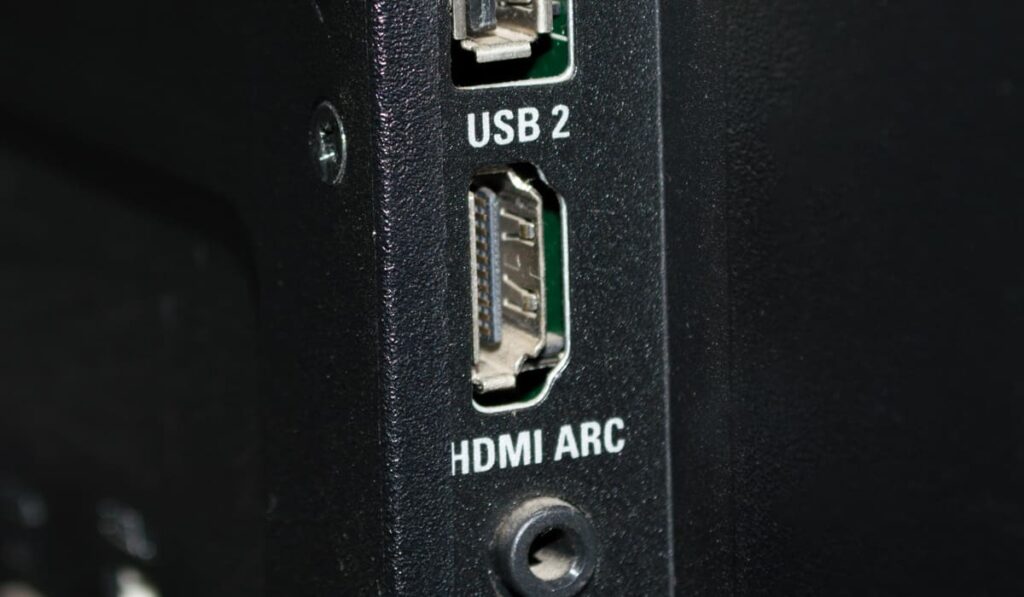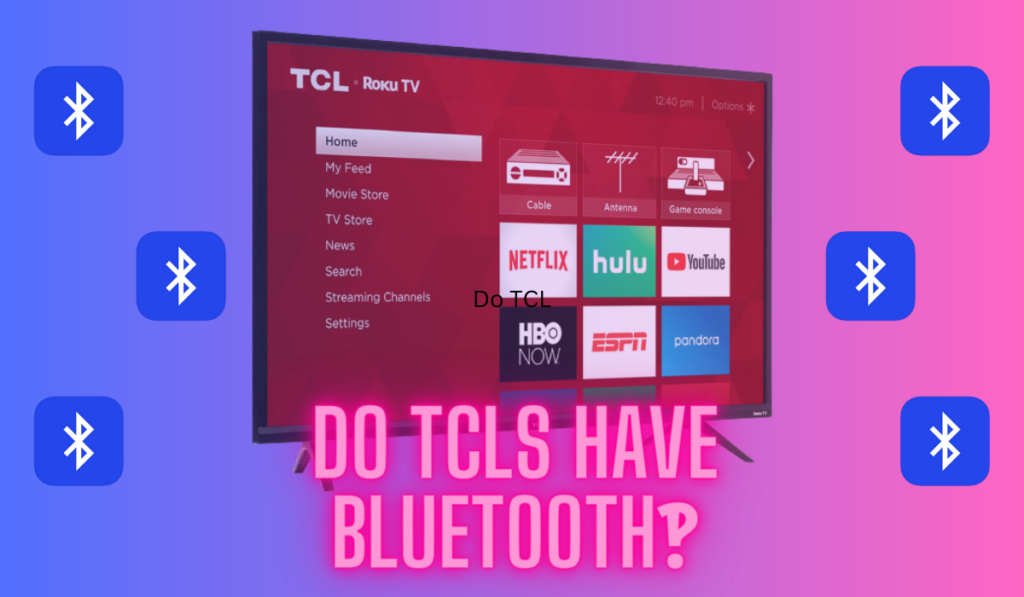As technology continues to evolve, so do our options for home theater systems. Two of the most popular technologies on the market are OLED and laser TVs. While both offer exceptional picture quality and a range of features, they differ in several key areas. Knowing those key differences can usually help you decide between these two options quickly, because they're very different!
While OLED TVs offer sharper colors and deeper blacks, Laser TVs can be brighter and last longer. For smaller sizes (75in and lower), OLED options are a better value, while Laser TVs, which use a projector, are a better value for larger screen sizes. Consider how bright your room is before deciding.
So, now let's start picking these details apart. First, we'll look at these technologies and how they achieve different viewing experiences before considering the details of using either option in a home theater context. Past that, we'll look at more differentiating details so you can be confident in your decision. Let's get started!
How Are Laser and OLED Technologies Different?

While OLED TVs use organic light-emitting diodes to create images, laser TVs are short-throw laser projector systems. This fundamental difference drives most of the cost and performance details between the two technologies.
As you shop for “Laser TV”s, then, expect them to discuss projectors and short-throw projector capabilities, like this option from Hisense). Meanwhile, OLED TVs are more the standard fare, with options like this one from LG (also on Amazon) offering a representative sample.
And don't forget: if you pick a Laser option…you'll also need a projector screen for it!
General Viewing Experience
OLED TVs offer deeper blacks, better contrast, and wider viewing angles than laser TVs. OLEDs can turn individual pixels off completely, creating true blacks and infinite contrast ratios. This feature is not possible with laser TVs, which use a laser light source to project images onto a screen.
However, laser TVs have advantages over OLEDs when it comes to brightness and color accuracy. Laser projectors can produce brighter images than OLEDs, making them ideal for use in well-lit rooms. Additionally, laser TVs can reproduce a wider color gamut than OLEDs, resulting in more accurate and vibrant colors.
Overall, OLEDs are ideal for those who prioritize deep blacks and wide viewing angles, while laser TVs are better suited for those who want brighter images and more accurate colors. If you plan to have more people in the room watching, then a larger OLED screen may provide better viewing angles to more people at lower cost.
Quick Laser vs. OLED Features Comparison
We'll dive into all of these in more detail below, but for now, here are the most critical differences in these options past the overall viewing experience:
- Picture Quality: OLED TVs are known for their exceptional picture quality, with deep blacks, vibrant colors, and excellent contrast. However, laser TVs are catching up quickly, with some models offering similar levels of color accuracy and contrast.
- Size and Placement: One of the biggest advantages of laser TVs is their ability to project a massive image onto a screen or wall from just a few inches away. This makes them ideal for smaller rooms or spaces where a traditional TV might not fit. However, if you have a large room and want a truly immersive viewing experience, an OLED TV might be the better choice.
- Price: While OLED TVs are still relatively expensive compared to traditional LCD TVs, they have come down in price significantly in recent years. Laser TVs, on the other hand, are still quite expensive, with some models costing several thousand dollars. If you're on a tight budget, an OLED TV might be the more affordable option.
- Longevity: OLED TVs are known for their long lifespans, with some models lasting up to 100,000 hours before experiencing any issues. Laser TVs, however, are still a relatively new technology, so it's unclear how long they will last in the long run, but many models report lifetimes 2x that of OLED TVs.
If you want to know more about how laser projectors work, check out our post explaining that, but for now let's get back to the general features of these viewing options.
Is OLED or Laser Better For A Home Theater?

General viewing experiences aside, which one is simple overall better for a home theater? Well, the answer depends on what you want to do with it. If you plan to do lots of entertaining, then that would drive you to maybe favor a bigger, better screen. But if the room is very bright, you'll probably want to consider an OLED option for it's better contrast and high-light performance.
For movies, basically any viewed content, the amount of light in the room and your personal preference (and depth of your pocketbook…) will drive the decision of which is better for your unique home theater setup.
Some users (consider this forum discussion) prefer to simply have both options, toggling between them based on what they want to watch. We aren't suggesting that, but it's worth noting, because that's been our experience as well:
Pro Tip: The image quality of OLED and Laser TV options are both great, with many reporting that OLED is slightly better.
What About Laser vs. OLED Gaming?
When it comes to gaming, both OLED and Laser TVs have their advantages and disadvantages. OLED TVs offer a faster response time, which is essential for gamers who need quick reflexes.
However, Laser TVs offer a larger screen size and better brightness, which can enhance the gaming experience and allow you to exploit larger fields of view, which is especially helpful in shooters!
Laser TV vs. OLED – Detailed Image Quality Comparison
Ok, maybe from the quick summaries above you already have a feel for which type of TV is right for you. But let's start explain the differences in more detail if you want to go deeper. After this, we'll look at overall pricing and affordability.
Color Accuracy
When it comes to color accuracy, OLED TVs are known to be the best in the market. OLED TVs have the ability to display true blacks, which means colors appear more vibrant and realistic. In contrast, Laser TVs use a laser light source to produce images, which can sometimes result in oversaturated colors.
Brightness and Contrast
Laser TVs are known for their high brightness levels, making them a great choice if you're managing a well-lit room. They use a laser light source that can produce up to 3,000 nits of brightness, which is significantly higher than OLED TVs. On the other hand, OLED TVs have a lower brightness level, but they offer better contrast ratios.
This means that OLED TVs can produce deeper blacks and brighter whites, resulting in a more dynamic and lifelike picture. And that brightness sounds great, but laser TV's have to be that bright just to bounce light off a projector screen and back to you with enough energy to see. They struggle in most situations in which a classic projector would struggle.
And, about that brightness, there has been some discussion (but no proof) that the light from laser projectors is worse for your eyes than OLED. Some users have reported that (see this forum discussion). But this doesn't seem like a big issue, and it's not one we're run into directly or heard from that many people. If your eyes are already sensitive to screens, you may want to dig a little deeper on this detail.
Black Levels and Shadow Detail
As mentioned, OLED TVs are known for their excellent black levels, which means they can produce true blacks. In contrast, Laser TVs use a laser light source, which can sometimes result in a grayish-black color.
In terms of shadow detail, OLED TVs are known to be superior. They can produce more nuanced shades of black, resulting in better shadow detail. Laser TVs, on the other hand, can sometimes struggle with shadow detail, resulting in a loss of detail in darker scenes.
Overall, both Laser TVs and OLED TVs have their strengths and weaknesses when it comes to image quality. OLED TVs are known for their excellent color accuracy and black levels, while Laser TVs offer higher brightness levels. This means if you watch a lot of dark content, an OLED TV may be a better option on the whole.
Pricing, Affordability, and Value of OLED vs. Laser TVs
So, this is where things take a dramatic turn. Laser TVs are, at this point, an order of magnitude more than OLED TVs. So, if you are price limited, you're going to want an OLED TV almost certainly. That said, here are a few of the more detailed discussion on the relative pricing of these two technologies:
Energy Efficiency Comparison of Laser vs. OLED TVs
When it comes to energy efficiency, OLED TVs tend to be more power-efficient than laser TVs. OLED TVs use organic compounds to create light, which means they don't require a backlight like traditional LED TVs. This results in lower power consumption and lower energy bills.
On the other hand, laser TVs use a laser light source that requires more power to operate and can result in higher energy consumption. So, the conversation on efficiency and operating costs is kind of a wash: TVs use so little electricity in general that the difference between OLED and Laser TV usage is pretty negligible.
Lifespan and Durability Comparison of Laser vs. OLED TVs
OLED TVs have a shorter lifespan than laser TVs, with an average lifespan of around 100,000 hours. This may sound like a lot, but it translates to around 10 years of use if you watch TV for 10 hours per day. Laser TVs, on the other hand, have a longer lifespan of up to 25,000 hours.
Additionally, OLED TVs are more susceptible to screen burn-in, which is when an image is permanently etched into the screen. This can happen if you watch static images or logos for extended periods. Laser TVs don't have this issue, making them a more durable option.
In terms of value, OLED TVs tend to be more expensive than laser TVs at the high end (think 90+ inches diagonal). In the more “normal” consumer product sized TVs–think 50 inches, 65 inches, etc.–the OLED TV options are much, much less expensive than Laser TV options.
Picking Between an OLED and Laser TV Option For Your Home Theater
So, the choice between laser TV and OLED ultimately depends on your specific preferences, viewing environment, and budget. Laser TV offers exceptional brightness, color accuracy, and large screen sizes, while OLED delivers impressive black levels, wide viewing angles, and a thin form factor that doesn't require a projection box.
Remember, whether you opt for laser TV or OLED, both technologies offer cutting-edge visual performance, elevating your home theater to new heights of entertainment excellence, so if you really can't make up your mind, just flip a coin and have at it!





